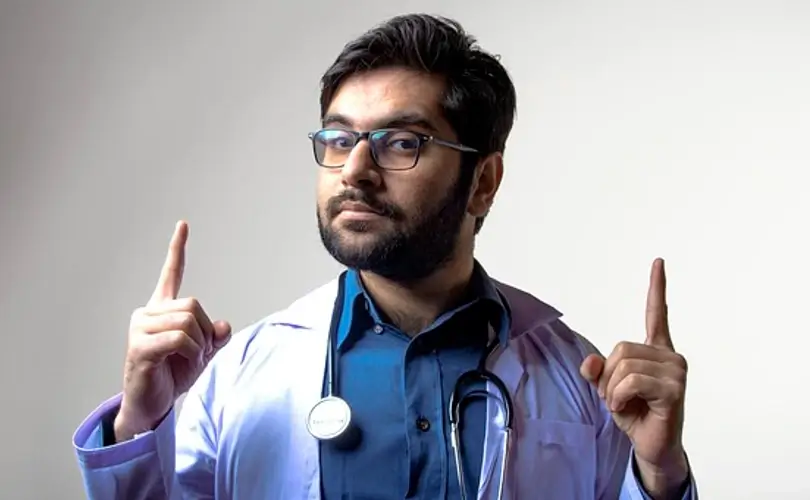Testosterone replacement therapy is the most commonly used treatment for low testosterone. Injections, gel, or pellets are all possible options. This treatment is typically given to men over 50 but may also be to younger men. A common symptom of low testosterone is age-related hypogonadism. Anabolic steroid use can also result in decreased testosterone production.
Hormone replacement therapy needs a prescription and should be taken while maintaining the support of a physician specializing in the field. Although these medications are legal in the United States, they have several side effects. They can, for example, increase the risk of heart disease, aggression, and sleep apnea. In addition, some women and men who use hormone therapy may develop breast enlargement.
Low T
To determine if low testosterone levels are the issue, your doctor will first rule out any other possible health issues. Then, he will perform a physical examination, talk with you about your lifestyle, and order a blood test. Men typically carry 300 to 1,000 nanograms of testosterone per deciliter, so if your level is lower, you may need to take steps to raise it naturally.
While testosterone replacement therapy may benefit some people, it is vital to remember that it has known side effects and may not be suitable for everyone. Furthermore, this treatment may cause additional complications for men with other medical conditions.
Hormone replacement therapy requires a prescription and supervision by a physician specializing in the field. Although these medications are legally available in the United States, they have some side effects. They can, for example, raise the risk of heart disease, aggression, and sleep apnea. In addition, hormone therapy may cause breast enlargement in some women and men. Furthermore, women who receive hormone therapy may experience infertility.
Seek a Specialist
Only seek medical attention if your doctor confirms that you have low testosterone. Furthermore, your doctor can recommend and inform you about potential side effects. If you decide to try it independently, follow your doctor’s advice.
The easiest way to receive a testosterone prescription is to see a doctor specializing in treating your ailment. Based on your symptoms, the results of blood tests, and answers to a health history questionnaire, this doctor can provide you with a customized prescription. In addition, your primary care physician may suggest seeing a specialist if your symptoms persist or worsen. For example, men with low testosterone may want to see a male hormone replacement specialist, whereas women should see an endocrinologist or gynecologist.
When you visit a doctor for treatment for low testosterone, he may also prescribe medications. These medications are frequently given as a daily or weekly injection to replace the testosterone in your body. They can also be given orally. Your doctor will decide on the dosages and schedule for these medications. The doctor may adjust your dosage or prescribe a new prescription if necessary.
Testosterone is a hormone necessary for men’s growth and overall men. Testosterone helps boys become more masculine by encouraging the development of traits like a deeper voice and stronger muscles during puberty. Testosterone also aids in sperm production in men. A blood test can assist in diagnosing testosterone insufficiency, even when there are many symptoms.
